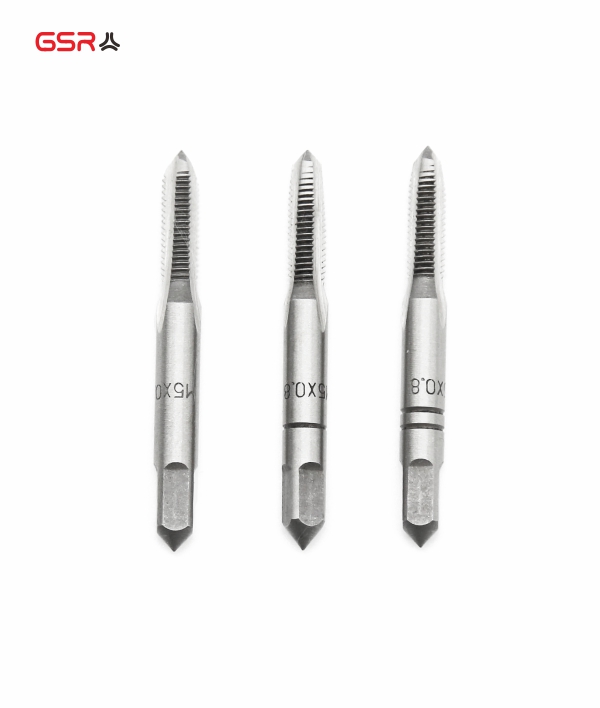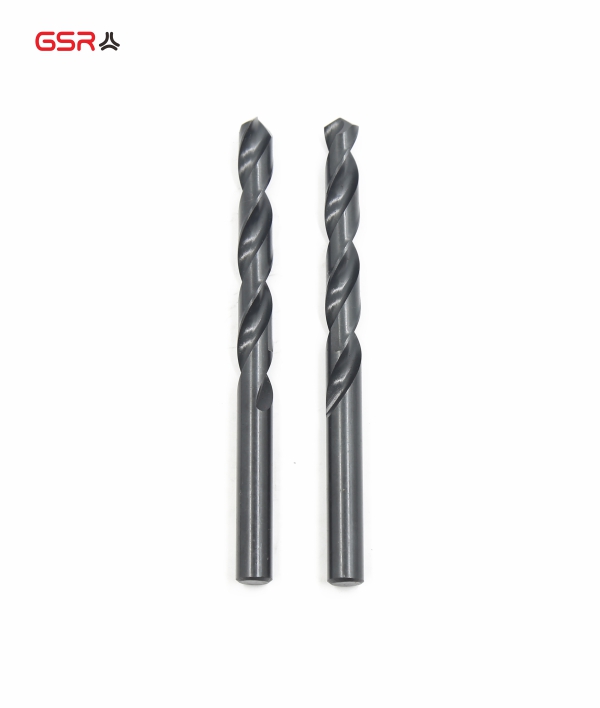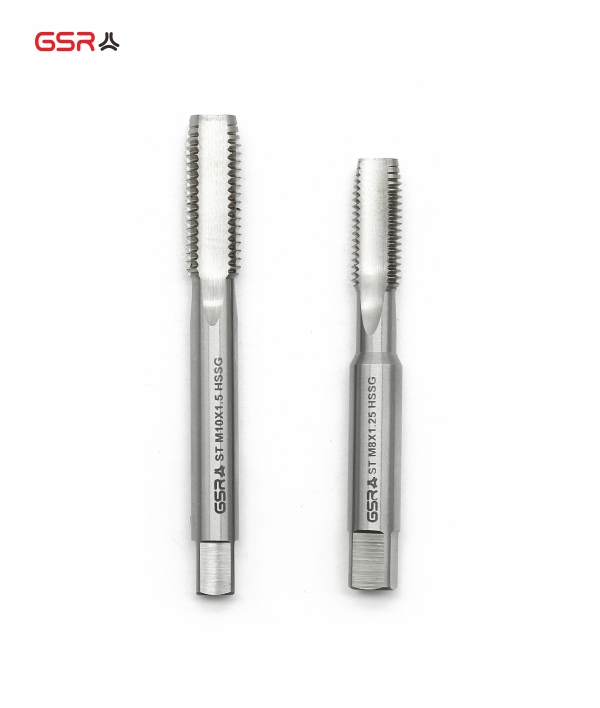The difference between surface treatments
What exactly is the difference between galvanising, nickel plating, and chrome plating?
Electroplating is a process that uses electrolysis principles to deposit a thin layer of another metal or alloy on the surface of certain metals. It is a technique that utilizes the electrolytic action to create a metal film on the surface of metal or other material components, providing benefits such as preventing metal oxidation (e.g., rusting), enhancing wear resistance, conductivity, reflectiveness, corrosion resistance (e.g., copper sulfate), and improving aesthetics.
Specific electroplating techniques include copper plating, gold plating, silver plating, chrome plating, nickel plating, and zinc plating, among others. In the manufacturing industry, zinc plating, nickel plating, and chrome plating are particularly widely used. So, what are the differences between these three techniques?
(1) Zinc Plating Zinc plating refers to a surface treatment technique in which a layer of zinc is plated on the surface of metal, alloy, or other materials for its aesthetic and anti-rust purposes. Characteristics: Low cost, average corrosion resistance, silver-white color. Applications: Screws, circuit breakers, industrial products, etc. White zinc and colored zinc are also variations of zinc plating.
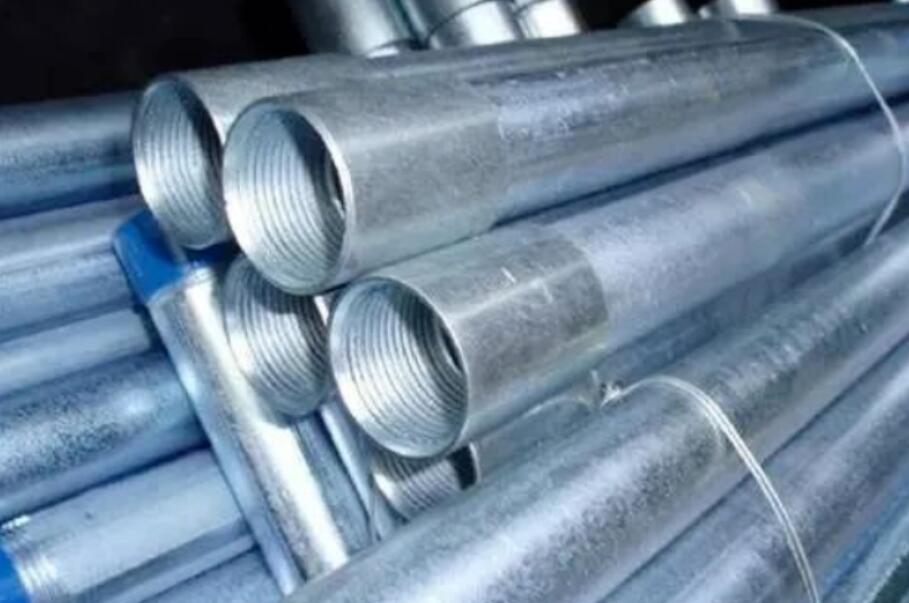
(2) Nickel Plating Nickel plating is a method of depositing a layer of nickel on metal or certain non-metal surfaces through electrolysis or chemical processes. Characteristics: Aesthetic, can be used for decoration, relatively high cost, slightly complex process, silver-white with a yellowish hue. Applications: Energy-saving lamp bases, coins, hardware components, etc.
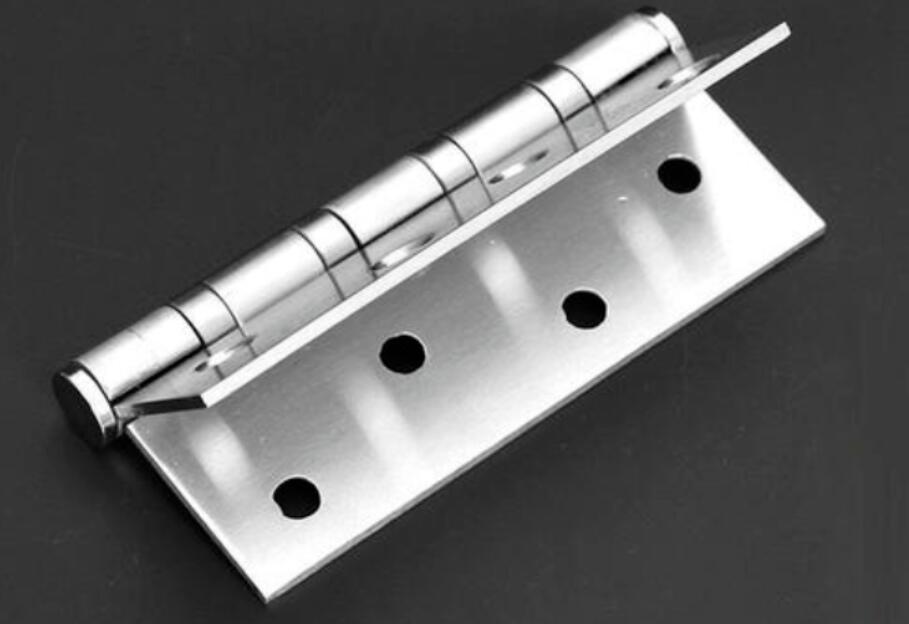
(3) Chrome Plating Chrome is a bright white metal with a slight bluish tinge. Chrome plating is the process of depositing a layer of chrome on metal or certain non-metal surfaces through electrolysis or chemical methods. Characteristics: There are two types of chrome plating. The first type serves a decorative purpose, providing a bright and wear-resistant appearance. Its anti-rust capability is inferior to zinc plating but superior to oxidation. The second type aims to enhance the hardness and wear resistance of metal parts, focusing on their functionality. Applications: Bright decorative components on appliances, electronics, tools, faucets, etc.
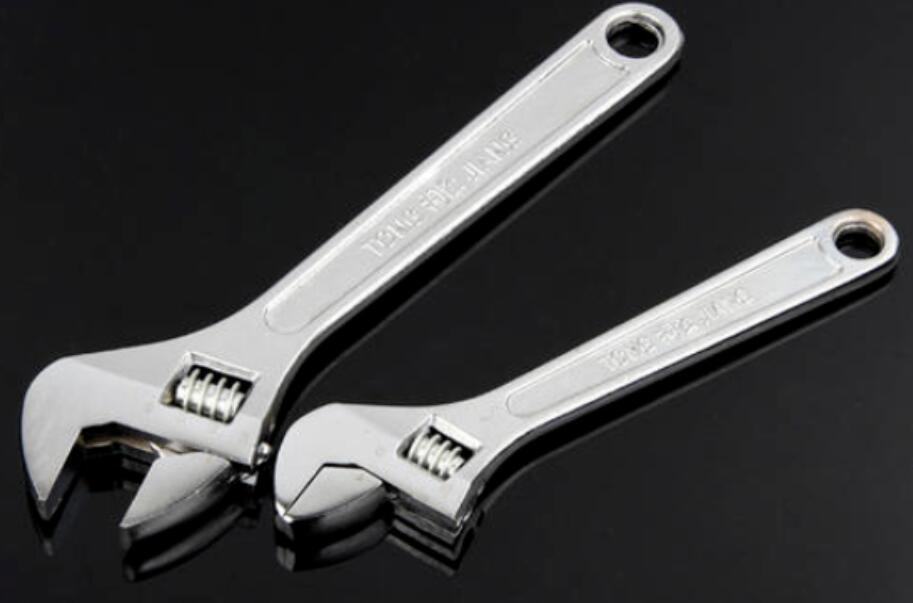
In summary, the basic differences between these three electroplating techniques are as follows:
Chrome plating primarily aims to improve surface hardness, aesthetics, and rust prevention. Chrome layers have good chemical stability and are unaffected by alkalis, sulfides, nitric acid, and most organic acids. However, they can dissolve in hydrogen halides (such as hydrochloric acid) and hot sulfuric acid. Chrome, being colorfast, can maintain its reflective capability for a long time, making it superior to silver and nickel. The typical process is electroplating.
Nickel plating mainly focuses on wear resistance, corrosion protection, and rust prevention. The thickness of the nickel layer is usually relatively thin. The process can be divided into electroplating and chemical methods.
Zinc plating primarily serves aesthetic and rust prevention purposes. Zinc is a reactive metal that can react with acids, resulting in lower corrosion resistance. Zinc plating is the most affordable among the three.
In terms of cost, chrome plating is the most expensive, followed by nickel plating, and zinc plating is the least expensive. It further differentiates between hanging plating and barrel plating, where hanging plating is more costly, while barrel plating is cheaper.
I know I've rambled on quite a bit, and someone may still say, "I'm still confused!". In that case, all I can say is that even I'm getting confused after all the rambling. So, let's try to differentiate based on color.
Chrome plating appears bright white, nickel plating has a slight yellowish hue, and zinc plating is silver-white. (Actually, there are also variations like colored zinc, gray zinc, semi-matte chrome, bright chrome, white nickel, black nickel, and so on. The more we talk about it, the more confusing it becomes, right?)






